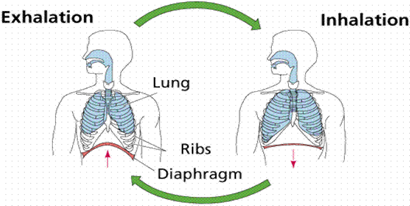REMOVAL OF EXTRA WATER FROM PLANTS
TABLE OF CONTENT
HOW DO PLANTS GET RID OF EXTRA WATER?
ANSWER:
- Plants obtain water from soil and it is also produced in the body during cellular respiration. Plants store large amount of water in their cells for turgidity.
TURGIDITY
- Turgidity is the state of being turgid or swollen, especially due to high fluid content. In general context, turgidity refers to the condition of being bloated, distended, or swollen.
- Extra water is removed from plant body by transpiration.
TRANSPIRATION
- The loss of water from plant surface in the form of vapours is called transpiration.
- At night, transpiration usually does not occur because most plants have their stomata closed.
GUTTATION
- The appearance of drops of water on the tips or edges of leaves is called guttation.
EXPLANATION:
- if there is high water content is soil , water enters the roots and is accumulated in xylem vessels .
- some plants force this water through special pores , present at leaf tips or edges , and from drops.
EXAMPLE
- Some grasses
GUTTATION VS DEW
- dew is formed on the plant's surface from condensation of moisture in the air. Guttation, on the other hand, is moisture emitted from the plant itself.
- Guttation is not to be confined with dew, which condenses from the atmosphere onto the plant surface.
FOR INFORMATION
IMPORTANCE OF GUTTATION
- A very important aspect is that plants must balance the amount of water and nutrients they take in. The process by which plants balance the amount of water they take in is called guttation. Plants like grass, wheat, tomatoes etc: have a vascular system. In these plants, the water accumulates at the tip of the leaves.




![REMOVAL OF EXTRA WATER FROM PLANTS [ homeostasis class 10]](https://blogger.googleusercontent.com/img/b/R29vZ2xl/AVvXsEghltzJYj7Z5EtxLIcImoD26OcuuS6j7_7EVh9J6M25y4mOZ1IkkU4o_jnXfU8Z9bCfcZx7XO6RJmC04QyGL9_nmq-w3LqzYYLEa7ldXDLqALx7ZcH9t15pB1rM2VLwr15JJAmuhEtvDOo/w680/TURGID.png)



0 Comments